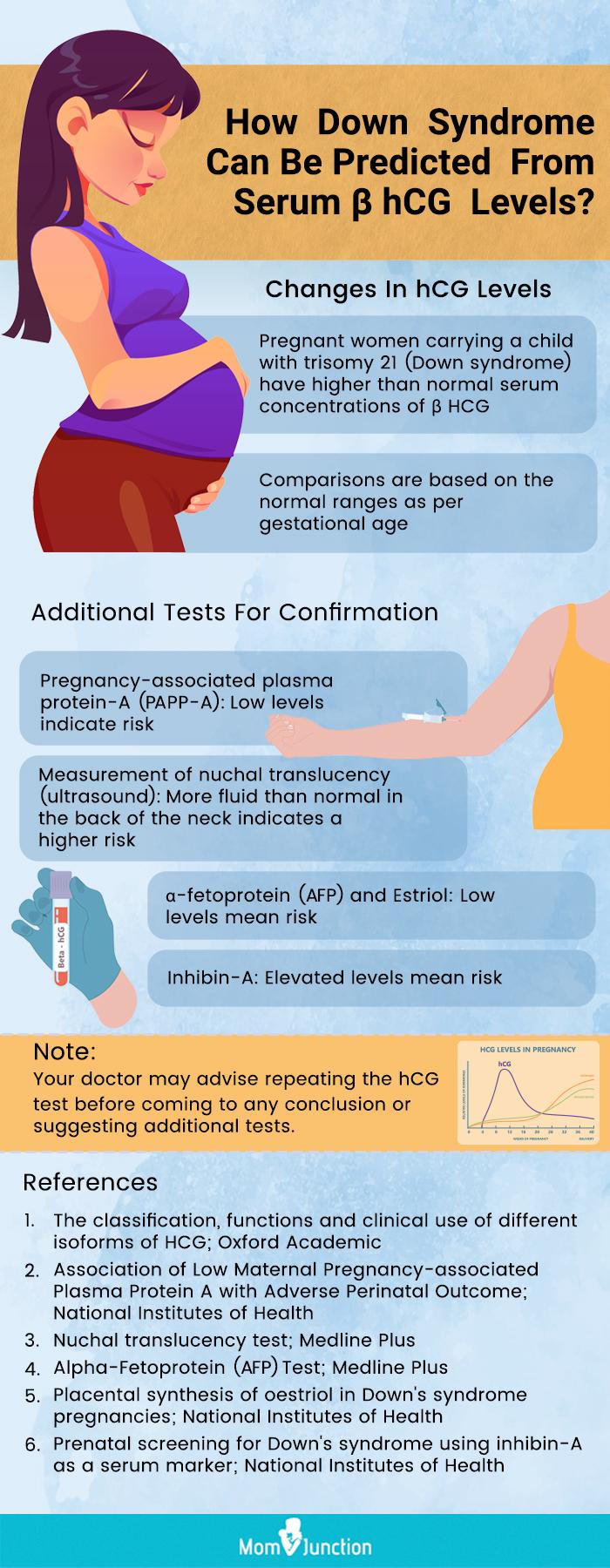
Serum Qualitative vs. Quantitative Pregnancy Tests: Understanding the Differences
Pregnancy tests are an essential tool for confirming pregnancy and monitoring its progress. Two common types of pregnancy tests are serum qualitative and quantitative tests. Each type has its own unique characteristics and applications, making it important to understand the differences between them.
Serum Qualitative Pregnancy Tests
Serum qualitative pregnancy tests are designed to detect the presence or absence of human chorionic gonadotropin (hCG) in the blood. hCG is a hormone produced by the placenta during pregnancy. When a woman becomes pregnant, hCG levels rise rapidly in her blood, making it a reliable indicator of pregnancy.
How Serum Qualitative Tests Work:
Serum qualitative tests use antibodies that bind to hCG. When hCG is present in the blood, it binds to the antibodies, causing a visible reaction. This reaction can be a color change, a line appearing on a test strip, or a digital display.
Sensitivity and Specificity:
Serum qualitative tests have a high sensitivity, meaning they can detect even low levels of hCG. This makes them ideal for detecting pregnancy early on, as hCG levels are typically low in the first few weeks of pregnancy. However, serum qualitative tests can sometimes produce false positives, especially in women who have recently been pregnant or have certain medical conditions.
Applications:
Serum qualitative tests are commonly used in the following situations:
- Confirming pregnancy
- Detecting early pregnancy
- Screening for pregnancy in high-risk women
Serum Quantitative Pregnancy Tests
Serum quantitative pregnancy tests measure the amount of hCG in the blood. This provides a more precise indication of the stage of pregnancy and can be used to monitor hCG levels over time.
How Serum Quantitative Tests Work:
Serum quantitative tests use a technique called chemiluminescence to measure hCG levels. Chemiluminescence is a chemical reaction that produces light when certain substances are combined. The amount of light produced is directly proportional to the concentration of hCG in the blood.
Sensitivity and Specificity:
Serum quantitative tests have a high sensitivity and specificity, making them accurate and reliable for measuring hCG levels. They can detect hCG levels as low as 1 mIU/mL, which is the level typically found in the blood of a woman who is 10 days pregnant.
Applications:
Serum quantitative tests are commonly used in the following situations:
- Monitoring hCG levels during pregnancy
- Assessing the risk of miscarriage or ectopic pregnancy
- Evaluating fetal well-being
- Diagnosing certain medical conditions, such as gestational trophoblastic disease
Comparison of Serum Qualitative and Quantitative Tests
| Feature | Serum Qualitative Test | Serum Quantitative Test |
|---|---|---|
| Purpose | Detect presence or absence of hCG | Measure amount of hCG |
| Sensitivity | High | Very high |
| Specificity | Moderate | High |
| Applications | Confirming pregnancy, early detection | Monitoring pregnancy, assessing risk |
| Accuracy | Good | Excellent |
| Cost | Relatively low | Higher |
Choosing the Right Test
The choice between a serum qualitative and quantitative pregnancy test depends on the specific situation and the information that is needed. For confirming pregnancy or detecting early pregnancy, a serum qualitative test is typically sufficient. For monitoring pregnancy or assessing risk, a serum quantitative test is more appropriate.
Conclusion
Serum qualitative and quantitative pregnancy tests are valuable tools for detecting and monitoring pregnancy. Understanding the differences between these tests allows healthcare providers and individuals to make informed decisions about the best test for their specific needs. By choosing the appropriate test, accurate and timely information about pregnancy can be obtained, ensuring optimal care for both the mother and the developing fetus.